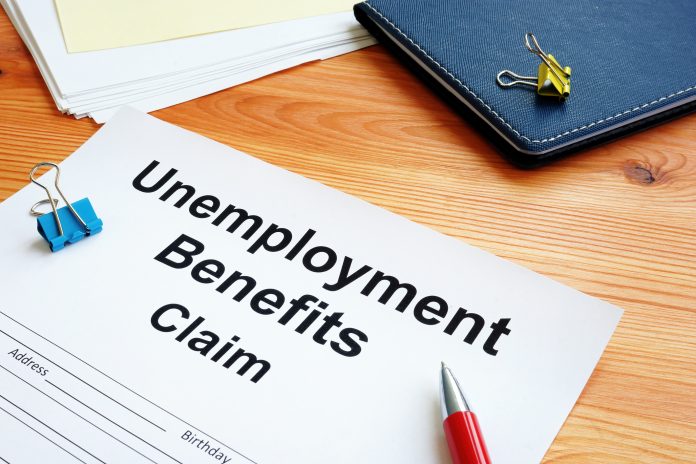Total unemployment in the United States fell again last week, continuing an ongoing trend following the expiration of federal unemployment benefits in September.
The Department of Labor announced first-time filers for unemployment fell to 290,000 for the week ending Oct. 16, far less than during the height of the pandemic but still higher than pre-pandemic figures.
“This is the lowest level for initial claims since March 14, 2020 when it was 256,000. The previous week’s level was revised up by 3,000 from 293,000 to 296,000. The 4-week moving average was 319,750, a decrease of 15,250 from the previous week’s revised average. This is the lowest level for this average since March 14, 2020 when it was 225,500.”
In addition to the drop in first-time filers, ongoing claims fell as well.
“The advance number for seasonally adjusted insured unemployment during the week ending October 9 was 2,481,000, a decrease of 122,000 from the previous week’s revised level,” DOL said. “This is the lowest level for insured unemployment since March 14, 2020 when it was 1,770,000. The 4-week moving average was 2,655,500, a decrease of 84,750 from the previous week’s revised average. This is the lowest level for this average since March 21, 2020 when it was 2,071,750.”
“The total number of continued weeks claimed for benefits in all programs for the week ending October 2 was 3,279,036, a decrease of 369,992 from the previous week,” DOL added. “There were 23,755,845 weekly claims filed for benefits in all programs in the comparable week in 2020.”
The continued decrease in unemployment claims confirms predictions by many economic experts that joblessness would decrease after federal unemployment benefits expired in early September.
Congress passed COVID-era unemployment payments of $300 per week in addition to state unemployment benefits. After this program was enacted, the economy experienced elevated unemployment despite increased job availability.
In fact, more jobs were available than workers, according to federal data.
After the benefits expired the first week of September, unemployment rose for the first few weeks, puzzling economists. Since then, though, joblessness has steadily fallen.
While it is too early to say for certain whether this trend will continue, it is an early indicator that initial predictions were accurate.
Despite the recent decrease in unemployment, though, some states’ rates have remained higher than others’.
“The highest insured unemployment rates in the week ending October 2 were in Puerto Rico (4.3), Illinois (3.5), California (3.3), District of Columbia (3.0), Hawaii (3.0), New Jersey (2.7), Nevada (2.6), Alaska (2.4), Pennsylvania (2.3), and New York (2.2),” DOL said.
Originally published at The Center Square. Republished with permission.











